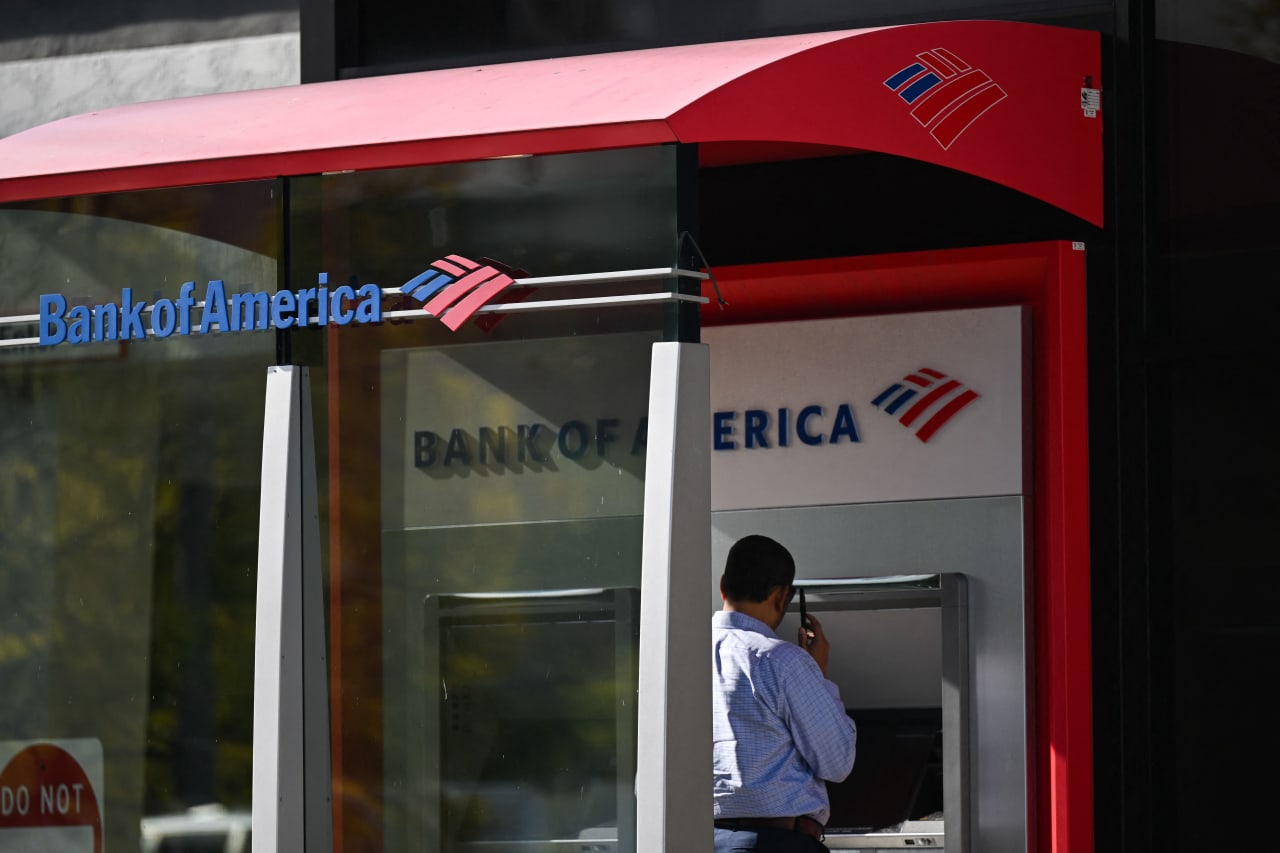Young Australians cut back on essentials while Baby Boomers spend freely
The spending gap between young and old Australians is growing, a new report reveals
Younger Australians in their mid-to-late-twenties have cut back on spending more than any other age group, while Baby Boomers aged over 65 years continue to spend above inflation, according to the latest CommBank iQ Cost of Living Insights Report. Those aged 25-29 years have reduced spending by 3.5 percent compared to last year, and they’re the only age group to have cut back on both essential and discretionary expenses.
CommBank and artificial intelligence company Quantium use de-identified payments data from CBA’s seven million customers every quarter to evaluate how Australians are spending their money and responding to today’s higher costs of living. One of the strongest trends is Australians reallocating more of their funds to cover essential expenses such as groceries and insurance and cutting back on discretionary items like apparel.
However, young Australians aged 25 to 29 are the only age cohort cutting back on essentials as well as discretionary items. During the March quarter, they spent 10 percent less on health insurance than they did in the March 2023 quarter, with CommBank saying this was the result of a 12 percent reduction in the number of people having coverage. They spent 7 percent less on utilities, 4 percent less on supermarket groceries and 3 percent less on insurance. The national trend encompassing all age groups was the opposite. Examples include a 3 percent increase in spending on groceries and an 8 percent increase on insurance.
“Compared to the national experience, where most people have had to increase spending on essentials, we are seeing the opposite trend amongst those in their twenties, with essential spending falling at a similar rate as discretionary,” said CommBank iQ Head of Innovation and Analytics Wade Tubman.
“This highlights the difficult choices people in this age bracket are making, with some having to make larger lifestyle changes like foregoing their health insurance altogether. The decrease in utilities spending could also suggest young Aussies are moving back in with parents or into shared accommodation to split costs.”
The average Australian is spending 3.6 percent more on essentials at an average of $1,472 per month, led by an 8 percent increase on insurance, 5 percent on medical and pharmacy, and a 3 percent bump on utilities, supermarket groceries and transport.
“Many Australians are having to allocate more of their wallet to essential living expenses, rather than other areas where they may prefer to direct their spending. The cost-of-living initiatives announced in the Federal Budget, for example the energy bill rebate, reflect the increased spending by Australians on essential items like energy,” Mr Tubman said.
The data showed continued growth in spending among Baby Boomers. “The wide gap in spending patterns across age groups continues to persist, with Australians in the 60 and older age bracket spending above inflation, especially on activities like travel, which is up 11 percent, general retail up 9 percent and eating out, up 7 percent,” Mr Tubman said.
The data shows that the older Australians are, the more money they are spending. Those aged 75-plus are spending 6.5 percent more at $2,408 per month. Those aged 70-74 are spending 5.1 percent more at $2,762 per month. Those aged 65-69 are spending 4.4 percent more at $3,253 per month and those aged 60-64 are spending 3.7 percent more at $3,331 per month. At the other end of the scale, Australians aged 25-29 are spending 3.5 percent less at $2,099 per month and those aged 30-34 are spending 0.6 percent less at $2,568 per month.
Australians living in regional areas are holding up better amid today’s high cost of living.
“While spending in regional areas continues to outpace that of metro areas, this gap has narrowed when compared to previous quarters. This raises the question whether people in metro locations have downsized their wallets to adjust to higher prices, and what spending growth remains is now ‘the new normal’,” Mr Tubman said.
Spending was most resilient in Queensland, the ACT and South Australia. The data shows per capita spending on travel and other discretionaries in Queensland was higher than the national average. Interestingly, both Queensland and South Australia have the fastest-growing retiree populations in Australia. Data just released by the Bureau of Statistics shows Queensland saw the highest increase in retiree residents between FY21 and FY23while South Australia saw the largest rise in the proportion of its population that is retired.
This stylish family home combines a classic palette and finishes with a flexible floorplan
Just 55 minutes from Sydney, make this your creative getaway located in the majestic Hawkesbury region.
When will Berkshire Hathaway stop selling Bank of America stock?
Berkshire began liquidating its big stake in the banking company in mid-July—and has already unloaded about 15% of its interest. The selling has been fairly aggressive and has totaled about $6 billion. (Berkshire still holds 883 million shares, an 11.3% interest worth $35 billion based on its most recent filing on Aug. 30.)
The selling has prompted speculation about when CEO Warren Buffett, who oversees Berkshire’s $300 billion equity portfolio, will stop. The sales have depressed Bank of America stock, which has underperformed peers since Berkshire began its sell program. The stock closed down 0.9% Thursday at $40.14.
It’s possible that Berkshire will stop selling when the stake drops to 700 million shares. Taxes and history would be the reasons why.
Berkshire accumulated its Bank of America stake in two stages—and at vastly different prices. Berkshire’s initial stake came in 2017 , when it swapped $5 billion of Bank of America preferred stock for 700 million shares of common stock via warrants it received as part of the original preferred investment in 2011.
Berkshire got a sweet deal in that 2011 transaction. At the time, Bank of America was looking for a Buffett imprimatur—and the bank’s stock price was weak and under $10 a share.
Berkshire paid about $7 a share for that initial stake of 700 million common shares. The rest of the Berkshire stake, more than 300 million shares, was mostly purchased in 2018 at around $30 a share.
With Bank of America stock currently trading around $40, Berkshire faces a high tax burden from selling shares from the original stake of 700 million shares, given the low cost basis, and a much lighter tax hit from unloading the rest. Berkshire is subject to corporate taxes—an estimated 25% including local taxes—on gains on any sales of stock. The tax bite is stark.
Berkshire might own $2 to $3 a share in taxes on sales of high-cost stock and $8 a share on low-cost stock purchased for $7 a share.
New York tax expert Robert Willens says corporations, like individuals, can specify the particular lots when they sell stock with multiple cost levels.
“If stock is held in the custody of a broker, an adequate identification is made if the taxpayer specifies to the broker having custody of the stock the particular stock to be sold and, within a reasonable time thereafter, confirmation of such specification is set forth in a written document from the broker,” Willens told Barron’s in an email.
He assumes that Berkshire will identify the high-cost Bank of America stock for the recent sales to minimize its tax liability.
If sellers don’t specify, they generally are subject to “first in, first out,” or FIFO, accounting, meaning that the stock bought first would be subject to any tax on gains.
Buffett tends to be tax-averse—and that may prompt him to keep the original stake of 700 million shares. He could also mull any loyalty he may feel toward Bank of America CEO Brian Moynihan , whom Buffett has praised in the past.
Another reason for Berkshire to hold Bank of America is that it’s the company’s only big equity holding among traditional banks after selling shares of U.S. Bancorp , Bank of New York Mellon , JPMorgan Chase , and Wells Fargo in recent years.
Buffett, however, often eliminates stock holdings after he begins selling them down, as he did with the other bank stocks. Berkshire does retain a smaller stake of about $3 billion in Citigroup.
There could be a new filing on sales of Bank of America stock by Berkshire on Thursday evening. It has been three business days since the last one.
Berkshire must file within two business days of any sales of Bank of America stock since it owns more than 10%. The conglomerate will need to get its stake under about 777 million shares, about 100 million below the current level, before it can avoid the two-day filing rule.
It should be said that taxes haven’t deterred Buffett from selling over half of Berkshire’s stake in Apple this year—an estimated $85 billion or more of stock. Barron’s has estimated that Berkshire may owe $15 billion on the bulk of the sales that occurred in the second quarter.
Berkshire now holds 400 million shares of Apple and Barron’s has argued that Buffett may be finished reducing the Apple stake at that round number, which is the same number of shares that Berkshire has held in Coca-Cola for more than two decades.
Buffett may like round numbers—and 700 million could be just the right figure for Bank of America.
This stylish family home combines a classic palette and finishes with a flexible floorplan
Just 55 minutes from Sydney, make this your creative getaway located in the majestic Hawkesbury region.


















